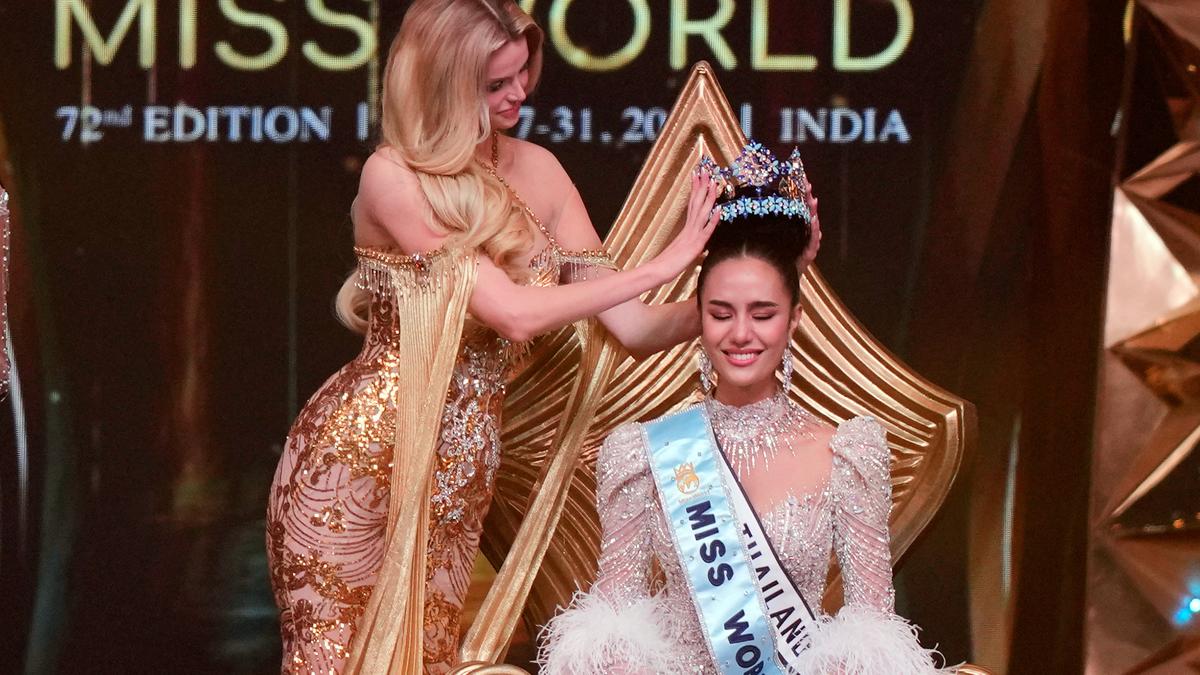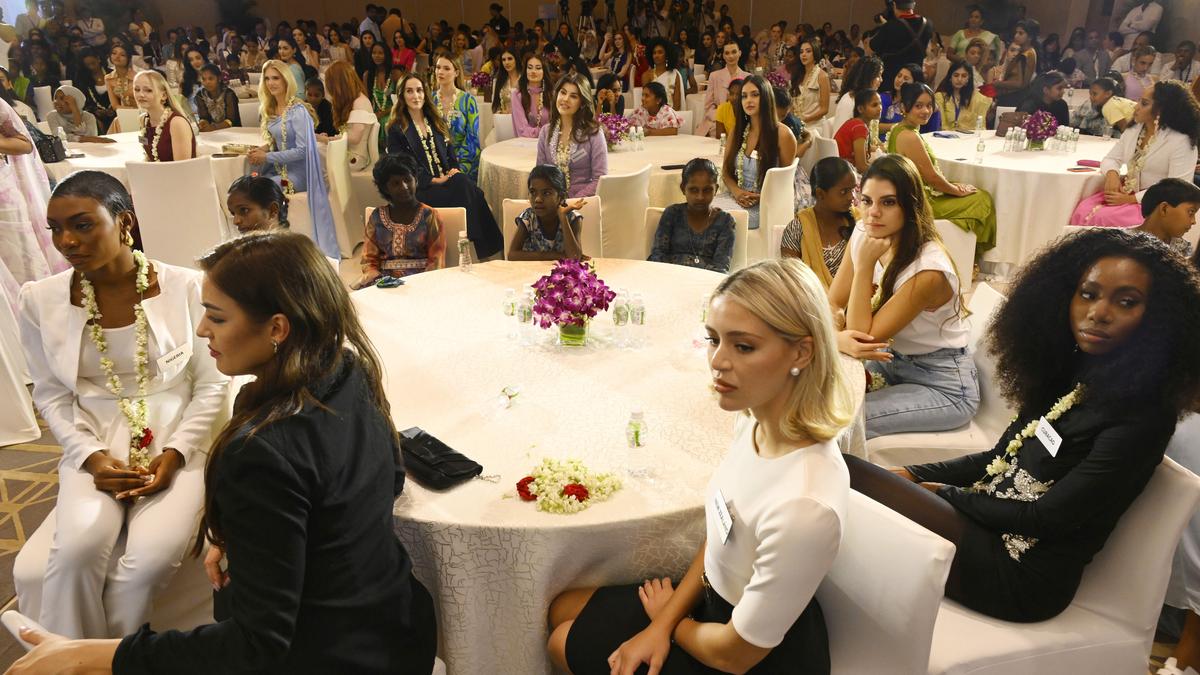[ad_1]
“But it look me close to 20 years to get over the imposter syndrome,” confesses the designer, 51, who has often credited his grandmothers for his unique aesthetic. “It is difficult to tell yourself you have a gift. When I turned 40 I decided to accept it.”

“At the top end of the society, the wedding love affair is over. There is no space for a wedding market the way it was. But we have to keep craft alive. This is now a craft company.”Sabyasachi Mukherjee
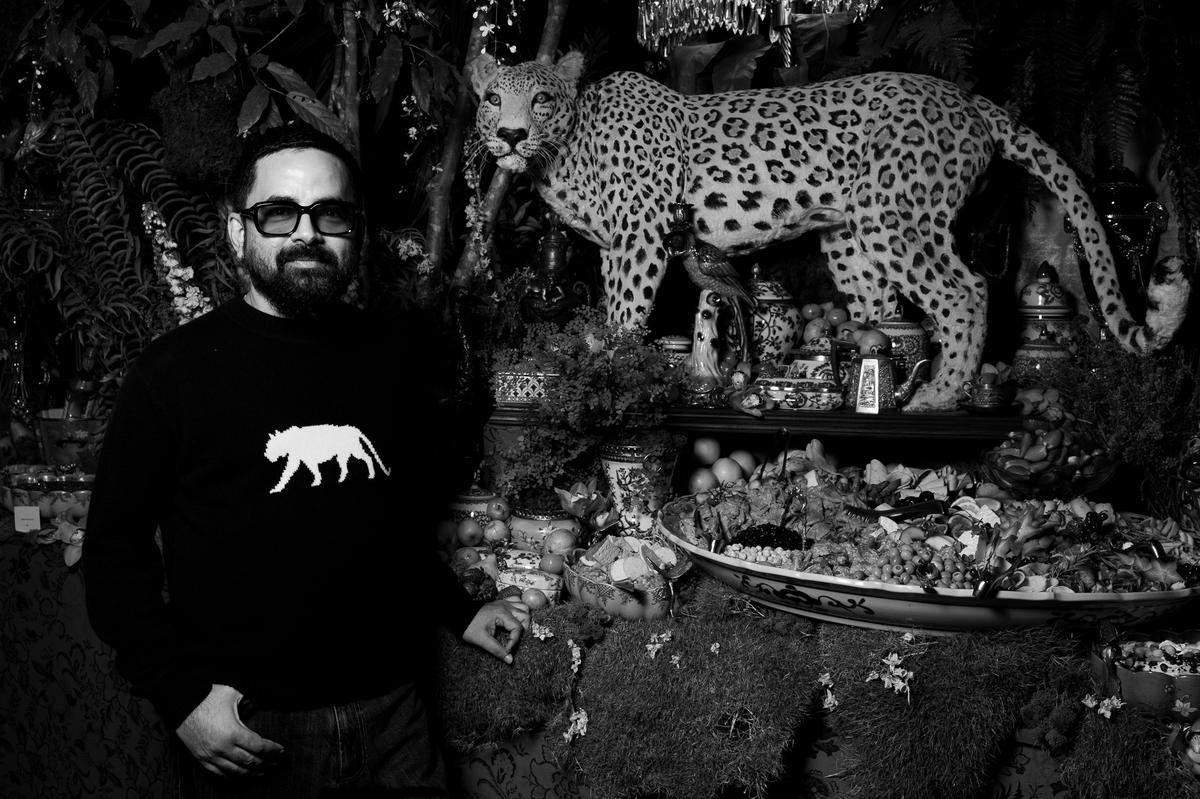
Sabyasachi Mukherjee
| Photo Credit:
Lodovico Colli di Felizzano
Coats in, lehengas out
Last weekend, Mukherjee pulled out all the stops for his 25th anniversary show in Mumbai where Jio World Convention Centre was recast as old Calcutta. The facade of grand mansions, fitted with characteristic green doors and windows, reading rooms, clotheslines and a fountain at the centre instantly charmed the 600-odd guests who attended in “strictly black”. But it was the collection of over 150 looks (all inspired by Calcutta and with up to six layers each) that caused the biggest stir, as pussy-bow blouses, short skirts, pinstriped suits, slogan dresses and spectacular jewel-encrusted coats replaced the opulent lehengas and high-necked sari blouses that have become the king of bridal wear’s signature.
Black and separates
Why the dress code ‘strictly black’? Unfortunately, as with all things copied from Sabyasachi, we have begun receiving invitations from other event companies insisting on a Black Dress Code. “I chose black because the clothes had to be the star. There was so much of power play at the show, and the least I could do was homogenise everyone by saying ‘wear black’. Black also gives you a very strong feeling of community,” says Mukherjee.
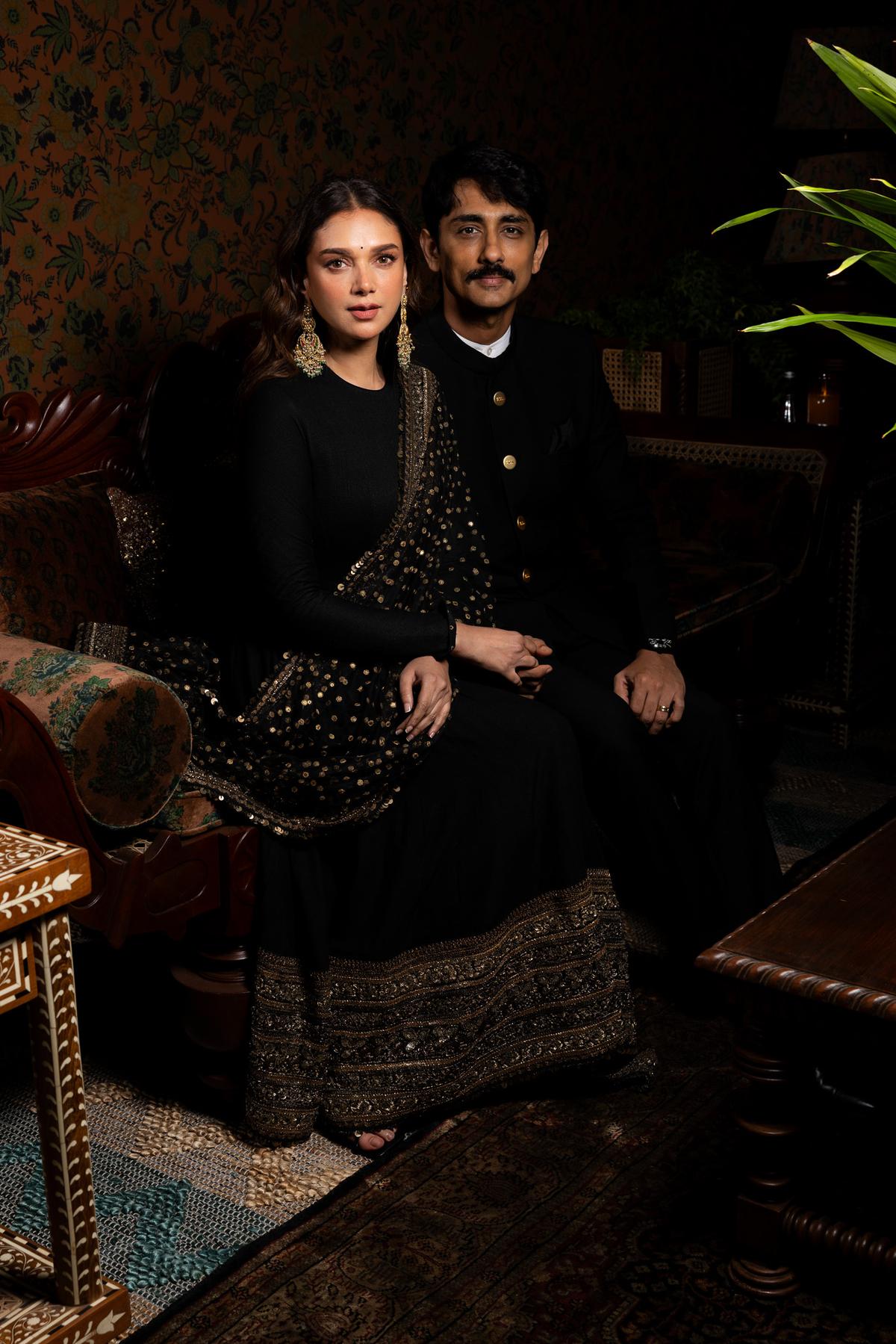
Aditi Rao Hydari and Siddharth at the show
| Photo Credit:
Lodovico Colli di Felizzano
Miss Havisham from Great Expectations. Oliver Twist. Frida Kahlo. Wes Anderson. Coco Chanel. Madonna. All Mukherjee favourites, their influences were evident on this “ready-to-wear with flavours of couture” canvas, with small-batch luxe materials sourced from across the world – Mongolian cashmere, Peruvian alpaca, Italian textiles, French tweeds, Brazilian sequins.
Like a movie set
Is it true that the North Kolkata sets, which took four months to create, cost ₹5 crore? “It’s much more than that,” he responds. As for criticism that the show should have been staged in Kolkata, an old friend of his confirms that there is no suitable place of this scale in the city.
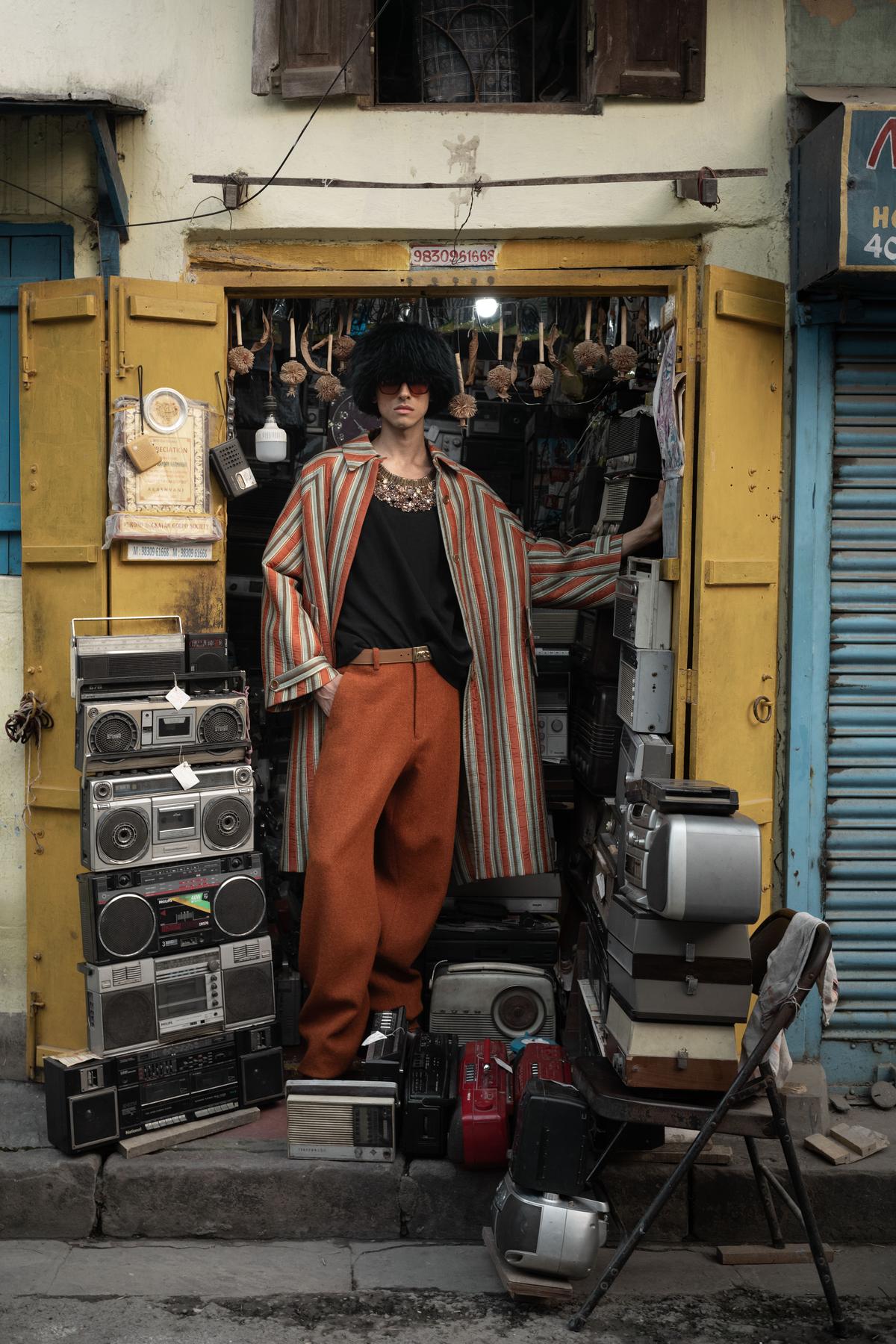
The campaign was shot in Kolkata’s old lanes
| Photo Credit:
Sunhil Sippy
“It’s India’s time”
During the show it was clear that Mukherjee had made good on his promise to spend the second phase of his career creating a global luxury brand. There were separates that would hold their own at any international luxury department store. And as guests elegantly milled around with flutes of bubbly and snacked on bon-bons, tiered cakes, caviar (reportedly flown in along with the young Russian bartenders) and other delectable treats from the designer’s grazing table — the longest this time at 72 ft, courtesy wedding designer extraordinaire Devika Narain — the reviews were mixed.
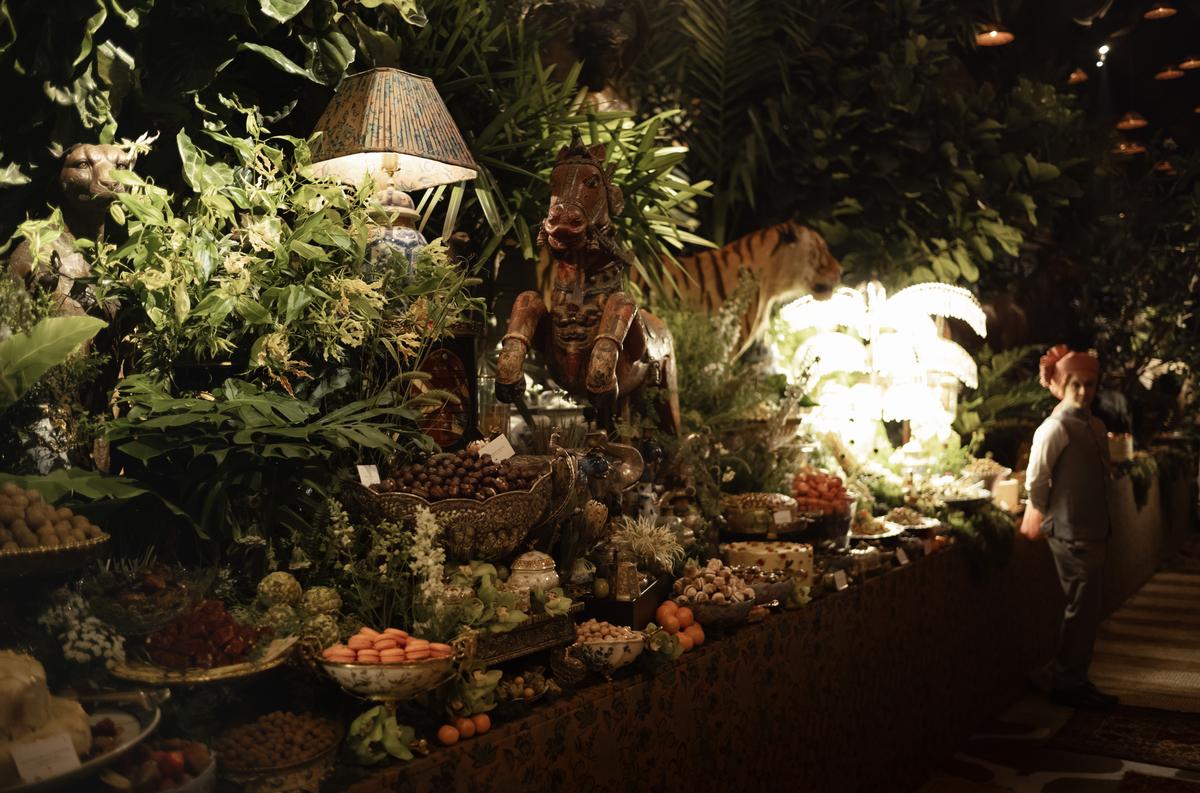
The grazing table
| Photo Credit:
Sunhil Sippy
Many were relieved at the global language and Indian craftsmanship, a few were underwhelmed, and joined by critics on social media. International retailers such as Bergdorf Goodman’s SVP and store presentation director Linda Fargo (also responsible for taking brand Sabyasachi to America) and Saks Fifth Avenue’s fashion director Roopal Patel were upbeat. “India has always been a behind-the-scenes resource and it’s time to get to the front of the global stage. I feel seriously that it is now India’s time,” Fargo, known as the ‘eyes of Bergdorf Goodman’ was heard telling British journalist and fashion critic Suzy Menkes who had also flown in for the show.
Sloganeering
It’s less slogan and more satire in this collection. “Before the show I played Simon & Garfunkel’s ‘Sound of Silence’. When Simon wrote it in the 60s, he had predicted ‘the flash of a neon light’. Today, that light is from your computer screen. Computers would make us non-functional. We have all the riches in the world but we are alone. We don’t have children so we have dog dads and cat ladies instead. The slogan series is a satire on our modern lives, as we have everything but the ability and the resources to be human again,” explains Mukherjee.
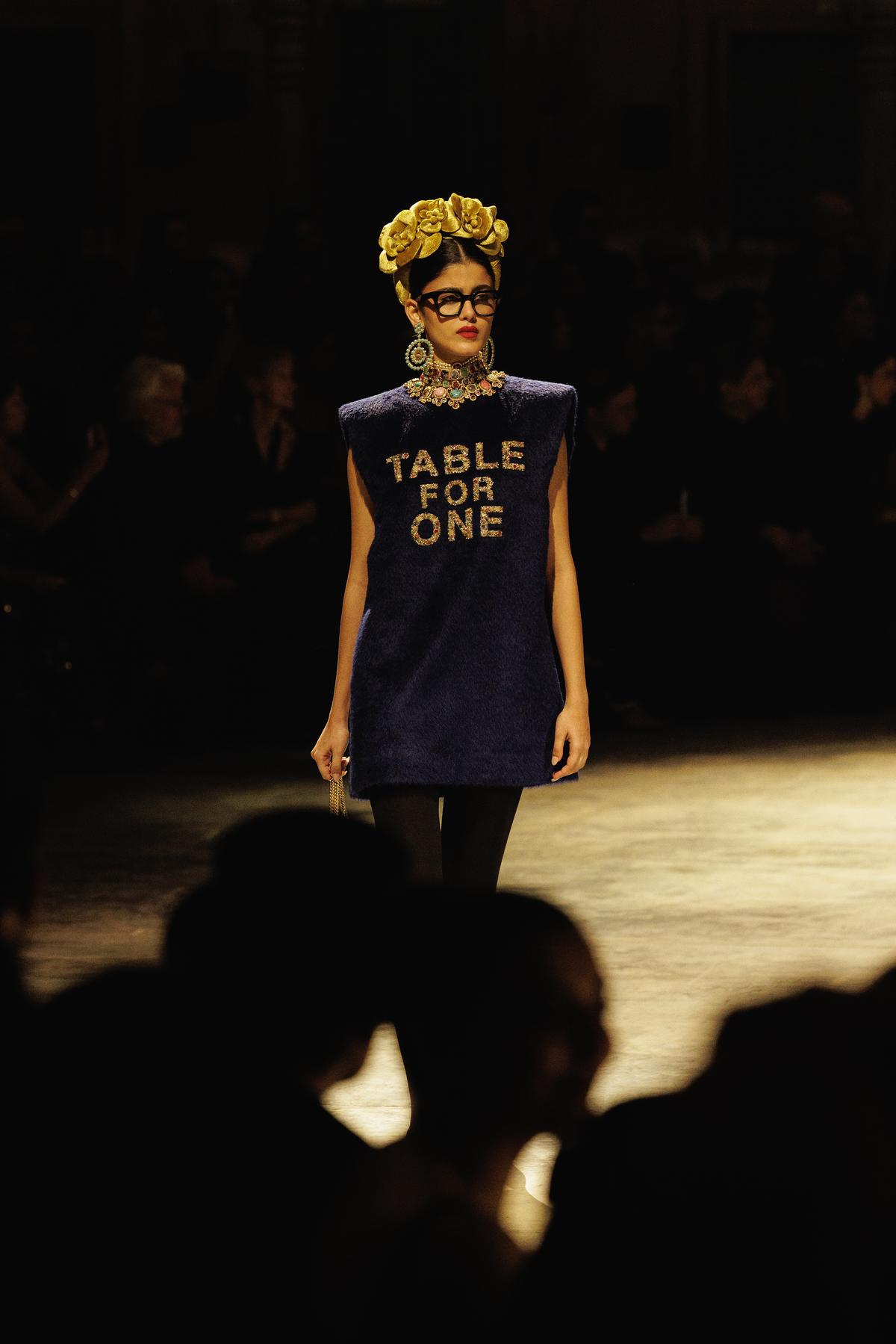
‘The slogan series is a satire on our modern lives’
| Photo Credit:
Dolly Devi

“The question that Sabyasachi’s show ignited within me is ‘what is the nature of our Indianness’? Some were disdainful that it wasn’t Indian enough, while others absolutely loved the fact that ancient Indian craft and incredible Indian fabrics have now got modern iterations for not only the Indian market but for a global audience. I loved the show because Sabyasachi managed to raise the bar about our discourse on fashion, on the notion of Indianness and our cultural and sartorial heritage. Navigating the cultural crossroads as India’s complex global identity gets continually redefined because of its economic and political heft, it is a challenge for anyone doing business overseas. ”Bandana TewariLifestyle editor, has tracked Sabyasachi’s progress from his first show onwards
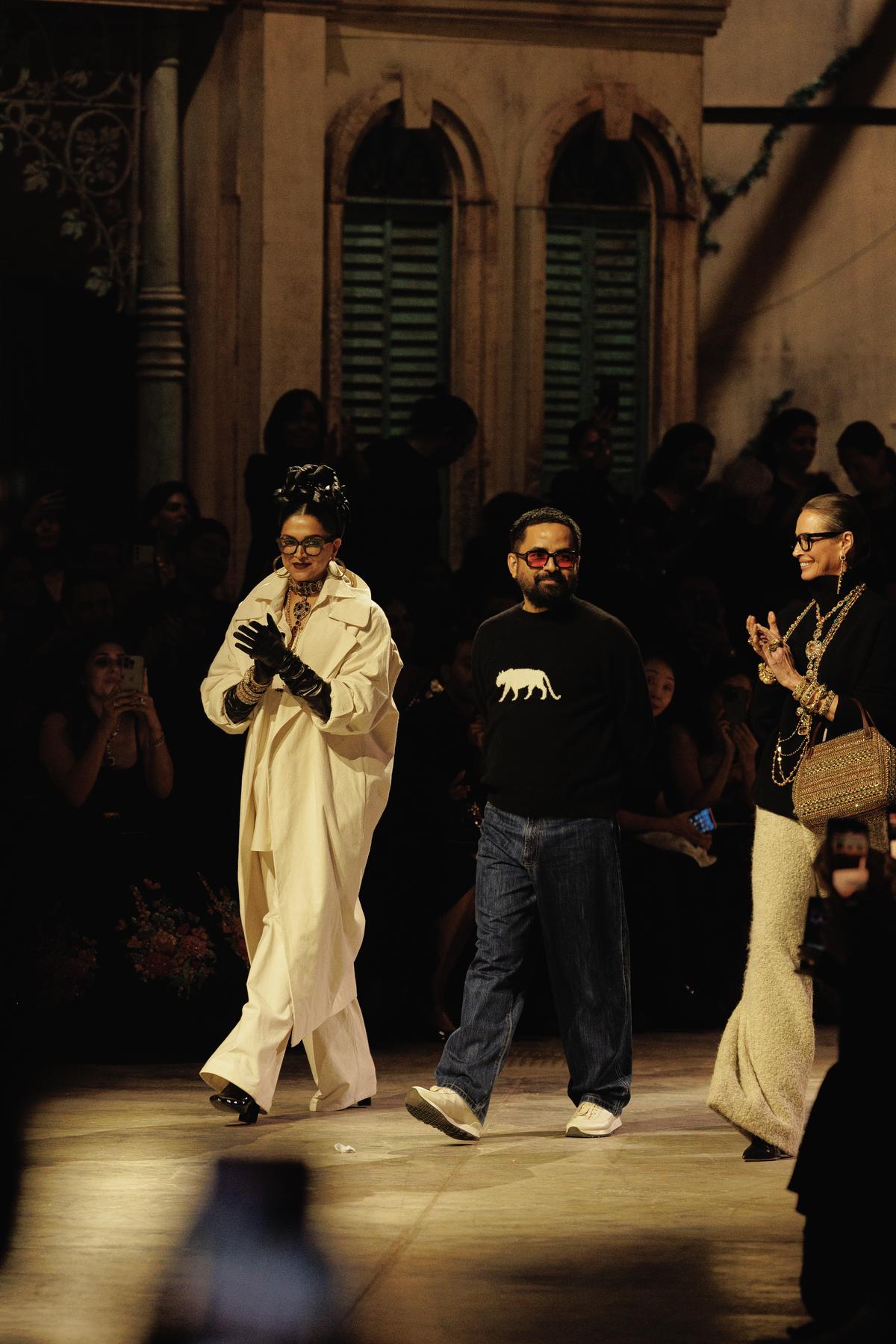
Mukherjee with (left) Deepika Padukone and Christy Turlington
| Photo Credit:
Dolly Devi
Change is inevitable
The next day at Sabyasachi’s flagship store in Horniman Circle, when guests dropped by for a ‘re-see’ (post fashion show, when editors get to see the looks up close), the designer admitted that he expected some criticism. An assistant lets slip that they had already received early orders for separates and from brides for their trousseaus.

“We are a maximalist country. We are conditioned to believe that minimalism is sophisticated and maximalism is tacky. I think maximalism can be very sophisticated.”Sabyasachi Mukherjee
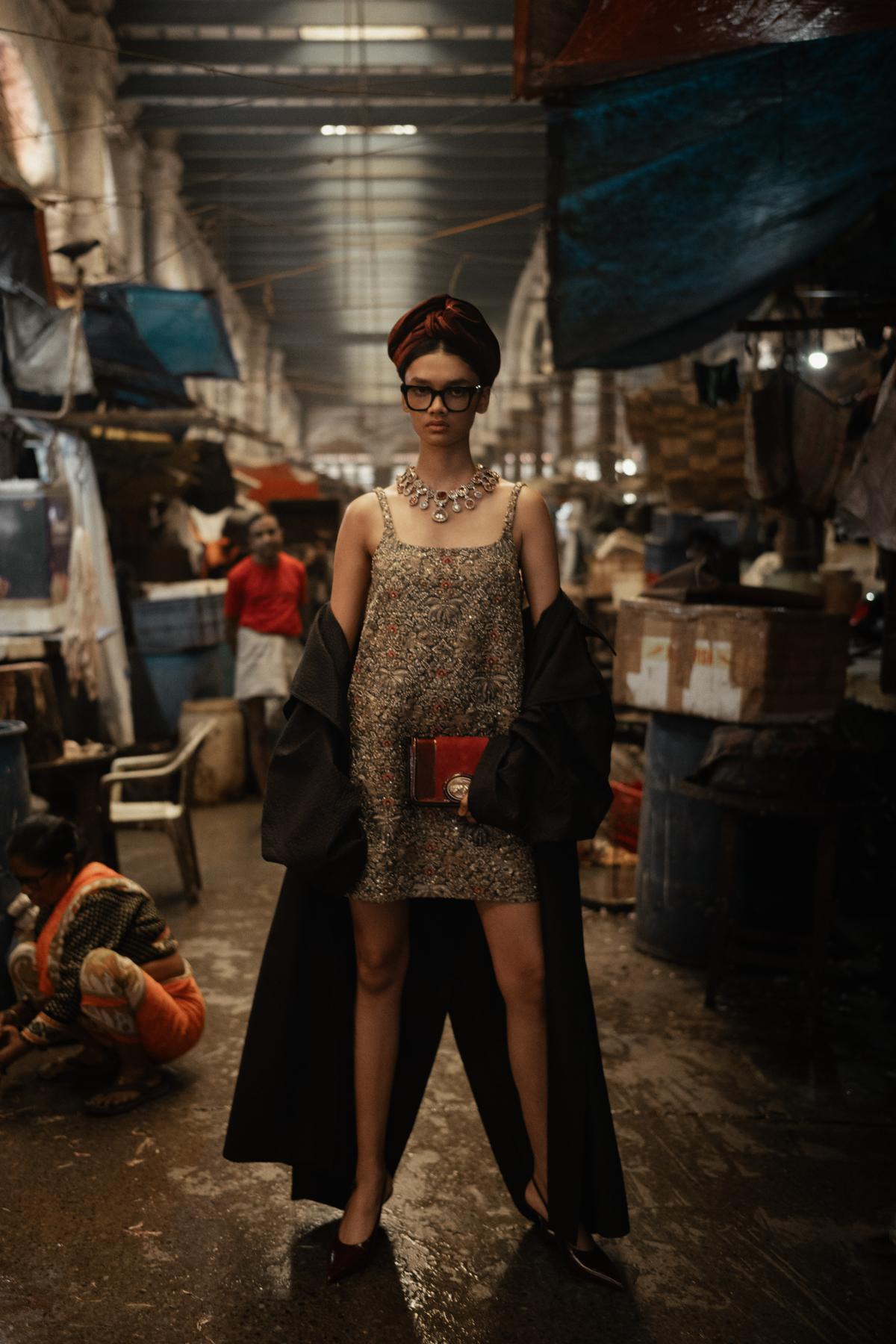
A campaign shot
| Photo Credit:
Sunhil Sippy
“Change is never welcome because it puts people out of their comfort zone and it disorients them. When you base a brand out of a big bridal market, which will now probably become irrelevant as times change, a lot of people will be in denial about it. That is only expected and one needs to understand and respect it. What we are building is for the future, not for today,” Mukherjee began, as he encouraged the small group of journalists and retailers to inspect the couture flowers on printed organza saris and the white double boiled woollen trousers that American supermodel Christy Turlington had worn on his runway the previous night.

“I became cool overnight for my generation because Christy [Turlington] walked my show. The maximum applause was for her at the show. At the fittings I was blabbering like a little child. As a young student I have seen her trajectory. Such a force.”Sabyasachi Mukherjee
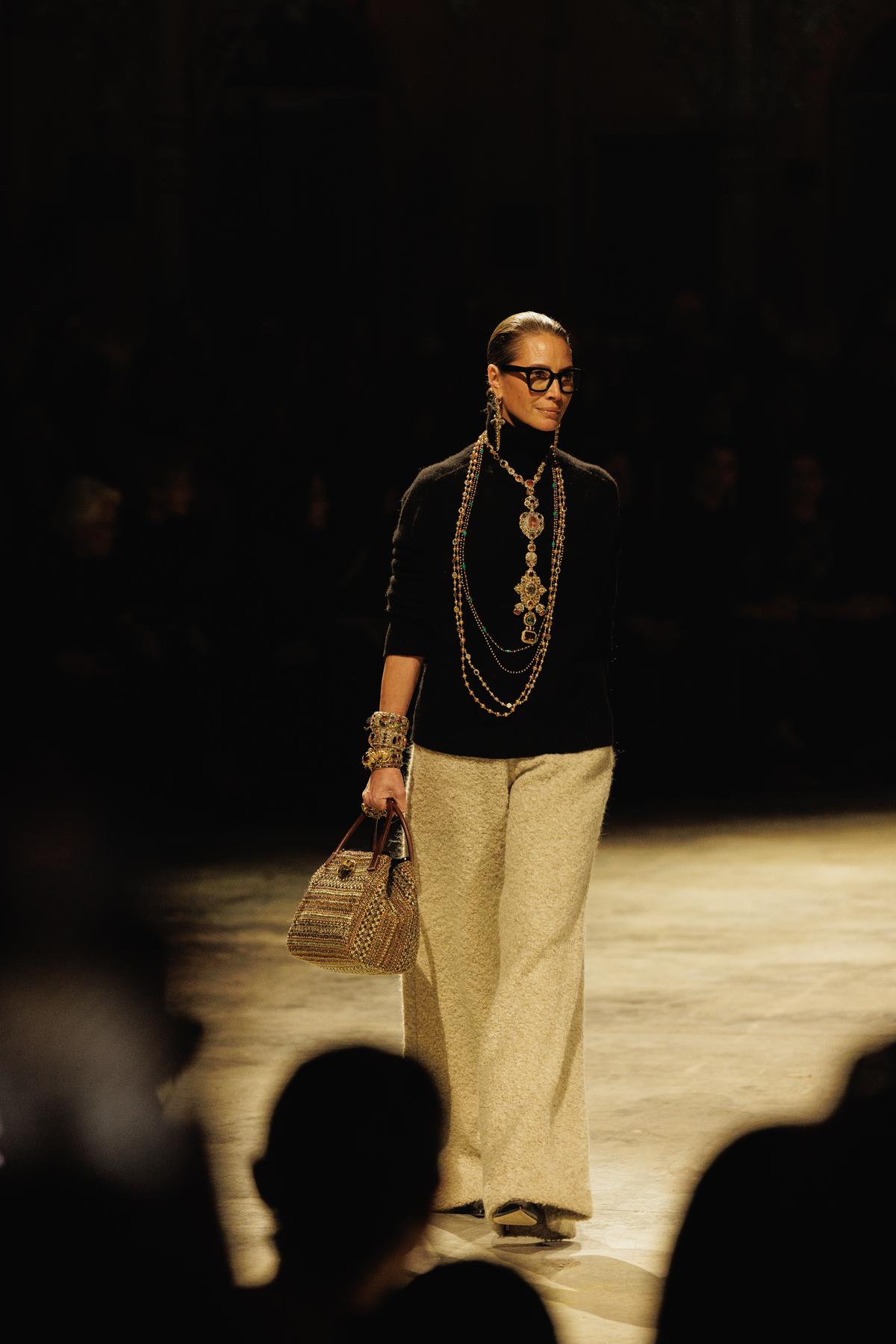
Christy Turlington on the runway
| Photo Credit:
Dolly Devi
Zero anxiety
Interestingly, the designer who insists Sabyasachi is not a fashion brand but a movement, uses the collective ‘we’ for his brand. “I don’t feel any ownership anymore and don’t care about how people will judge me,” he says, trying to explain why he is not anxious anymore.
Obviously, Sabyasachi has been fine-tuning the concept of ‘hidden luxury’. What looked like tweed was actually layers of embroidery when seen up close. Incidentally, this tweed play is also seen at Chanel Haute Couture SS 2025 at the Grand Palais three days later. Through the lightness of the materials and subtle trompe l’oeil, painted lace and embroidered chiffon enhanced with halos of colour give the perfect illusion of tweed.
Meanwhile, back at Sabyasachi’s, a jacket made from hand-dyed cotton from Japan hides a silk lining, while other coats come with cashmere and sequinned interiors. “Calcutta taught me that you don’t codify things according to how society looks at you, you codify it for yourself,” Mukherjee explained.
Japanese denim
The brand has finally launched denim, after working on it for three years. Small batch and Japanese but made in Kolkata.
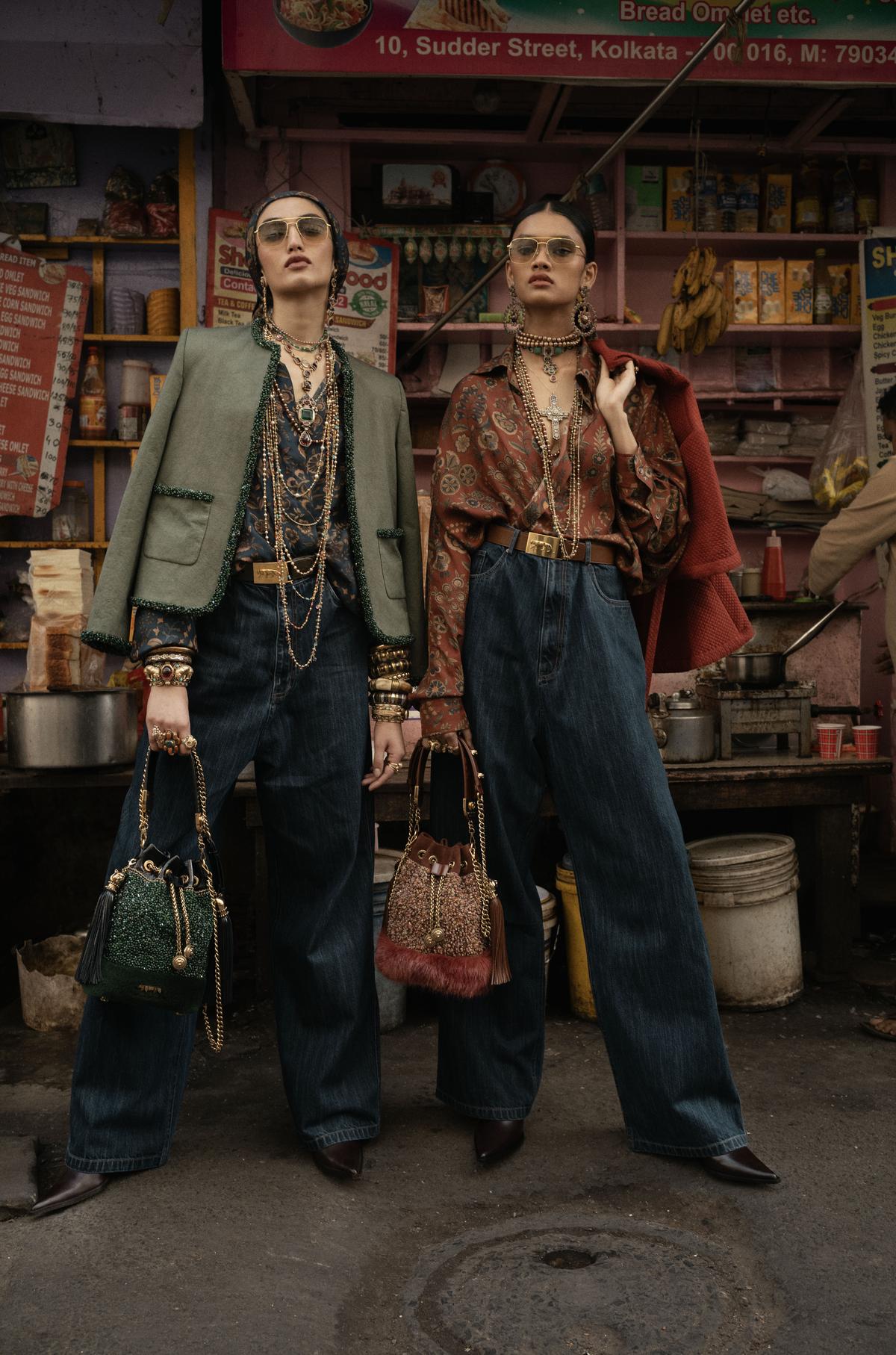
From the Sabyasachi 25 Years collection
| Photo Credit:
Sunhil Sippy
Birla bonus
“One of my favourite things to do is to stick my head out of my window on a Saturday night and observe the men and women taking the public transport back home, with their tiffin boxes and backpacks. It’s a reminder that I should be grateful that all our employees have insurance policies for them and their families. That was what the Birlas introduced.” Indian corporation Aditya Birla Fashion Retail Limited acquired a 51% stake in the Sabyasachi brand for ₹398 crore (almost $46 million) in 2021.
Jewellery on the rise
“The problem with Indian fashion is that we have an over-dependance on the bridal wear market. I started the monster [bridal wear], which needs to end now,” he admits. Upfront about the declining numbers for his lehengas — a luxury wedding staple usually in the range of ₹5,00,000 to ₹15,00,000 — he seems to have carefully analysed the new generation. He mentions that there is a dip in weddings, as most women in cities are independent now and don’t want to be “caged”.
“Earlier when children got married, they were ‘sacrificed’ by parents to build stature for themselves. Today many among the younger generation don’t want to spend unnecessarily on an event just to feed 10,000 people they will never meet. ‘Let me travel, or you pay for a better education for me or give me money to create a startup or invest in the share market,’ they say. These are smarter kids, who prefer to shop on their own.”
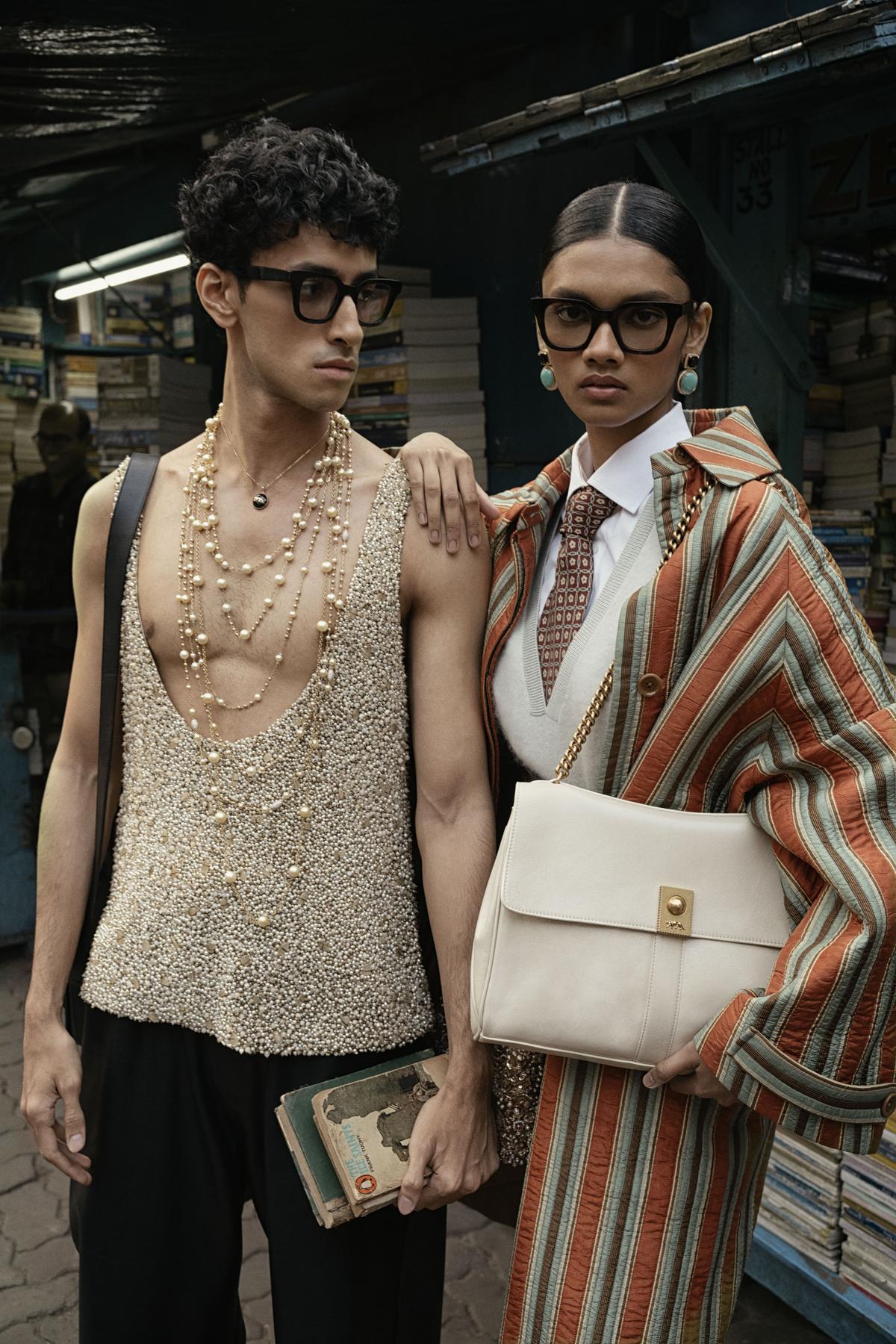
Succession
In an earlier interview, Mukherjee denied having any interest in raising children, explaining that he began parenting his parents and sister rather early. “But I have never been a believer of nepotism. Even if I had children, I would give them the money but never the business. Because I am not building the business for myself. When Mr. Birla acquired the company I told him the company does not belong to your or me, we are just gatekeepers of the brand,” he says.
There is also a growing trend, he observes, of some of the richest people opting to get married in printed organza saris. “My team worries they are losing the bridal wear market. ‘No you are not, but it is morphing,’ I tell them. And that is one of the reasons I think my jewellery will grow, as I don’t do wedding jewellery. They work with everyday jeans, too. Kids today don’t want to make an investment in products they don’t use anymore.”
Jewellery high
Mukherjee reiterates that his jewellery has become a big business for him, especially in America and the Middle East, with 35% of the company’s revenues coming from it. He expects it to go up to 85%. It’s no wonder that this season, new Sabyasachi stores will be launched in Bengaluru (accessories, jewellery and RTW) and Hyderabad (accessories). A big part of this season’s collection is an homage to Madonna, he says later, especially the jewelled crucifixes, though there is a giant crucifix inspired by the Vatican! (Incidentally, the popstar’s ‘Like a Virgin’ was the first English song he listened to.)
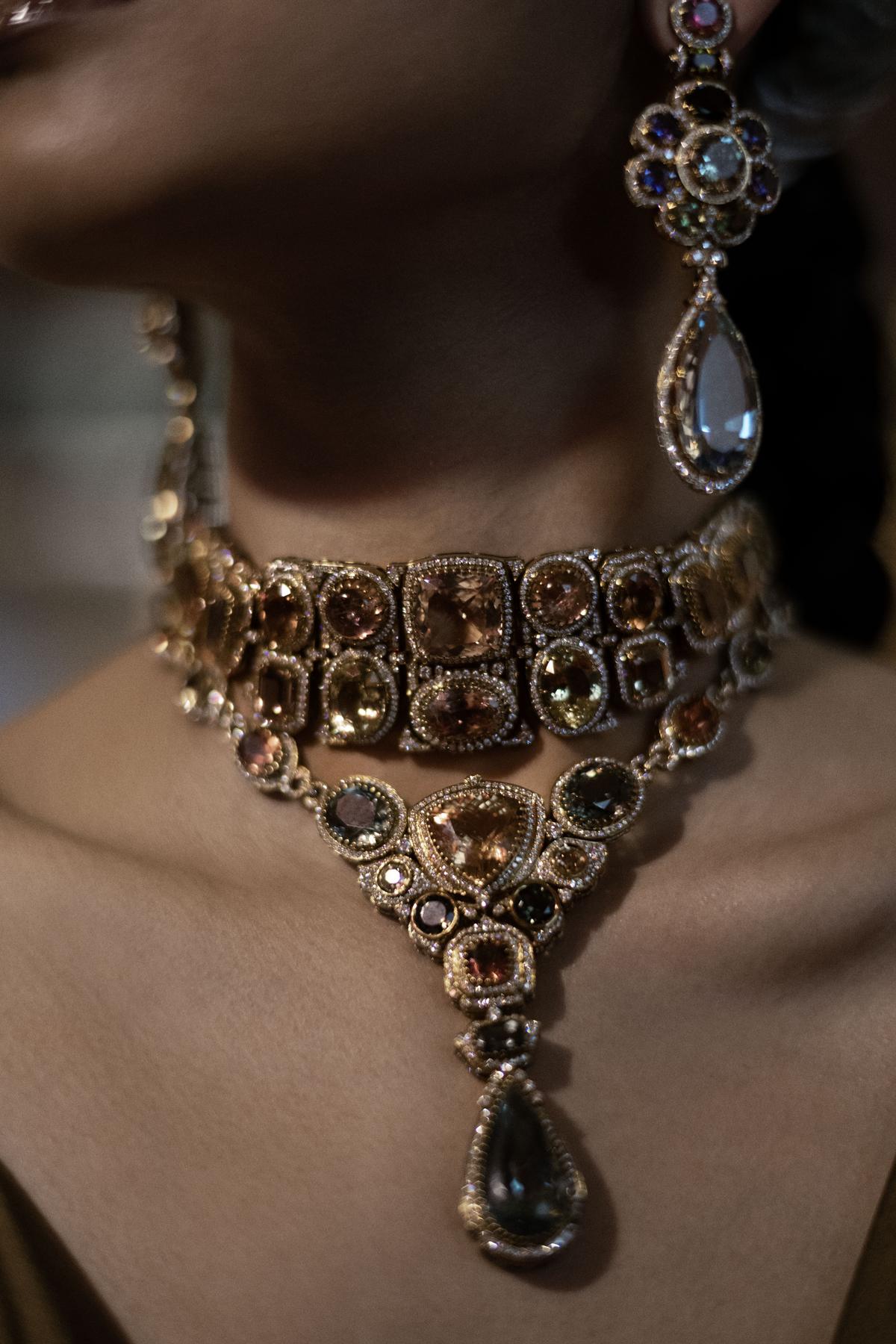

“Sabya is proud of his heritage and is never in denial of his humble background. One of his best qualities is his sense of acknowledgement, loyalty and integrity. He never forgets anyone who has contributed to his success in any way and has become a friend.”Modhurima SinhaArea Director PR East and Northeast for Taj Hotels, has known Sabyasachi for almost two decades
Resilience counter
Mukherjee often refers to his paternal grandmother who had five children without getting married. As a self-proclaimed feminist, perhaps this is his way of reminding people he meets that he was raised by strong women. He also talks about his father, a refugee from Bangladesh, who lost his job when plastic replaced jute in the industry. “There were times when we had to make do with two eggs for a week for a family of four. When you reach rock bottom financially you don’t feel scared about losing wealth. You have seen the worst,” he says.
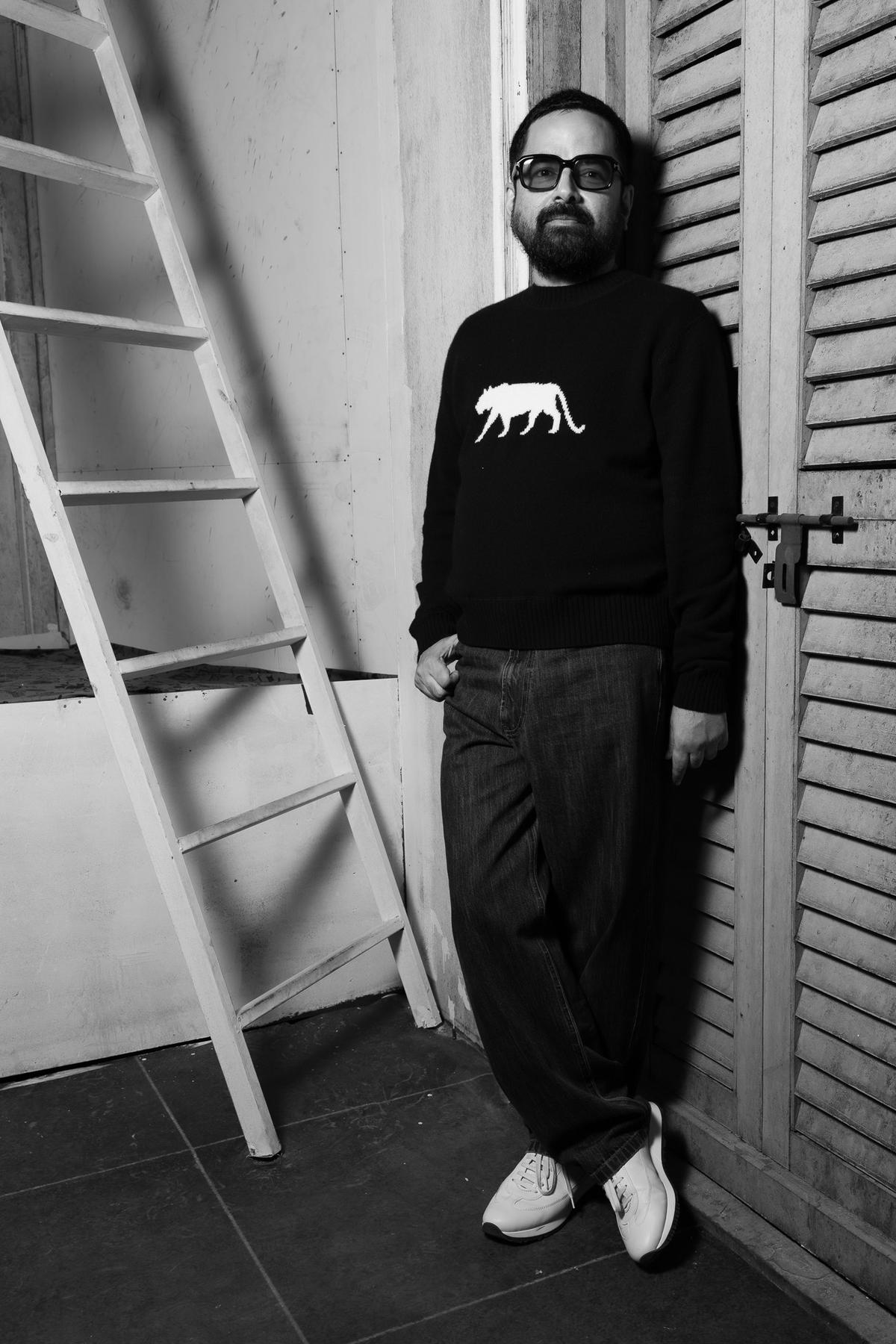
Sabyasachi Mukherjee
| Photo Credit:
Lodovico Colli di Felizzano
Protecting the craftsmen
“We consume so much craft in the wedding industry and I wondered how we can preserve these craftsmen the wedding industry die. When you give someone a job you are making a lifelong commitment to take care of them. It’s like taking care of children. We are morphing the business and taking it global so the craft community continues to thrive, and that is the biggest purpose of the brand,” says Mukherjee, who has 1,900 full-time employees and 3,000 on contract.
The collection will be retailed this September both in India and globally.
Published – February 01, 2025 01:44 am IST
[ad_2]
Source link


